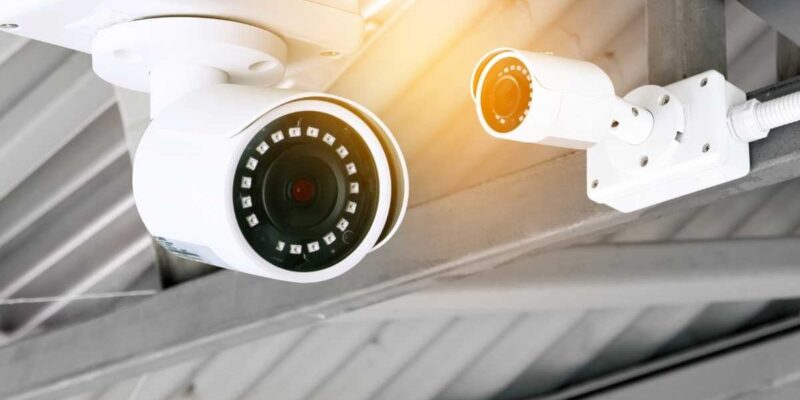In today’s interconnected world, security cameras installation have become ubiquitous, dotting urban landscapes, homes, businesses, and public spaces. These unblinking sentinels play a crucial role in monitoring, deterring crime, and ensuring public safety. Their evolution from simple closed-circuit systems to sophisticated digital networks has revolutionized surveillance capabilities and raised pertinent questions about privacy and security.
A Historical Perspective
The history of security cameras dates back to the mid-20th century when closed-circuit television (CCTV) systems were first developed for monitoring industrial processes and enhancing security in sensitive areas. Over time, these systems expanded to include public spaces, retail establishments, and eventually residential properties.
Technological Advancements
Advancements in technology have propelled security cameras far beyond their original analog forms. Today, digital cameras with high-definition resolutions, night vision capabilities, and wide-angle lenses are standard. Moreover, the integration of artificial intelligence (AI) has enabled features like facial recognition, behavior analysis, and object tracking, enhancing their utility in identifying and responding to security threats.
Applications Across Sectors
The applications of security cameras span various sectors:
- Urban Security: Cities worldwide employ cameras to monitor traffic, detect crime, and ensure public safety in bustling areas.
- Businesses: Retailers use cameras not only to deter theft but also to optimize store layouts and analyze customer behavior for marketing purposes.
- Residential: Homeowners utilize cameras for monitoring property remotely, ensuring package deliveries, and enhancing overall security.
- Transportation: Cameras in public transport systems enhance passenger safety and provide crucial footage for accident investigations.
Privacy Concerns and Ethical Considerations
The widespread use of surveillance cameras has sparked debates about privacy infringement and ethical implications. Critics argue that constant monitoring infringes on civil liberties and can lead to abuses if not carefully regulated. Balancing security needs with individual rights remains a significant challenge for policymakers and technology developers alike.
The Future of Surveillance
Looking ahead, the trajectory of security cameras points towards even greater integration with AI, machine learning, and the Internet of Things (IoT). These technologies promise more proactive surveillance capabilities, such as predictive analytics and automated response systems, which could further enhance security while raising additional concerns about autonomy and privacy.
Conclusion
Security cameras have evolved from basic surveillance tools to complex systems capable of analyzing vast amounts of data in real-time. While they undoubtedly enhance security and provide valuable insights, their deployment must be guided by robust regulations that safeguard privacy and ensure ethical use. As we navigate the complexities of modern surveillance, finding the right balance between security imperatives and individual freedoms will continue to shape the future landscape of security cameras.

